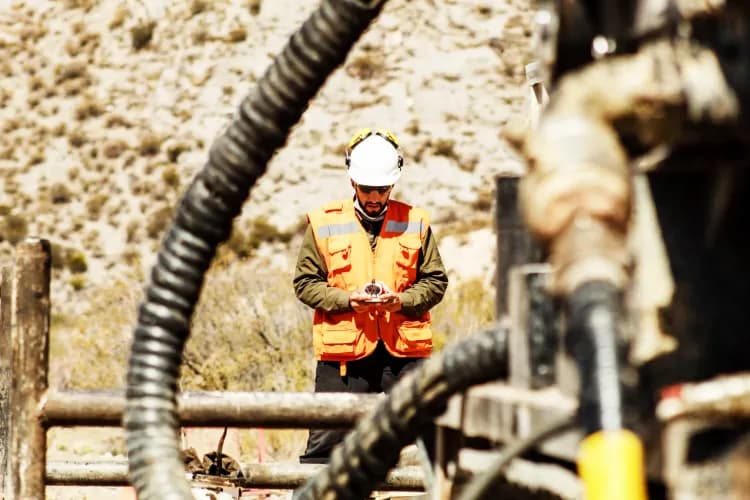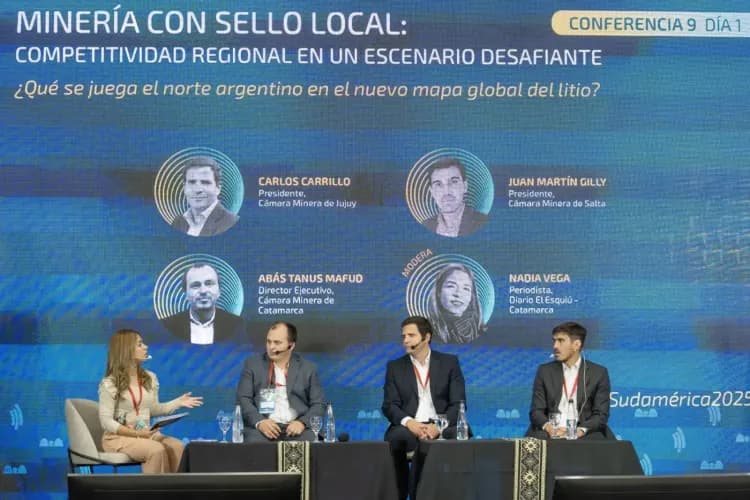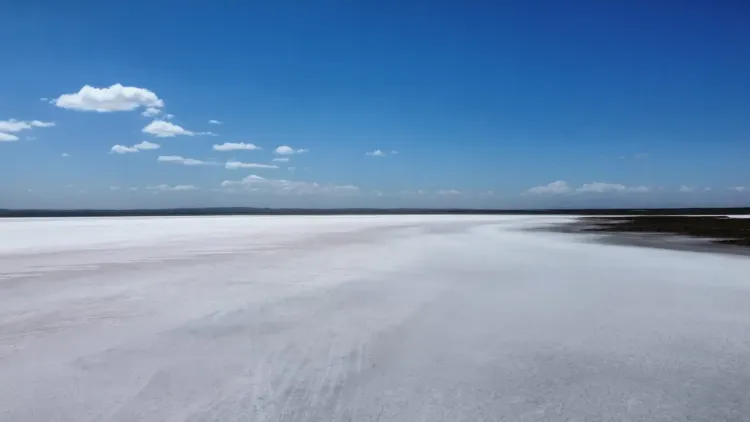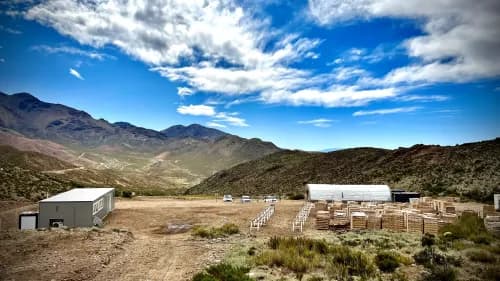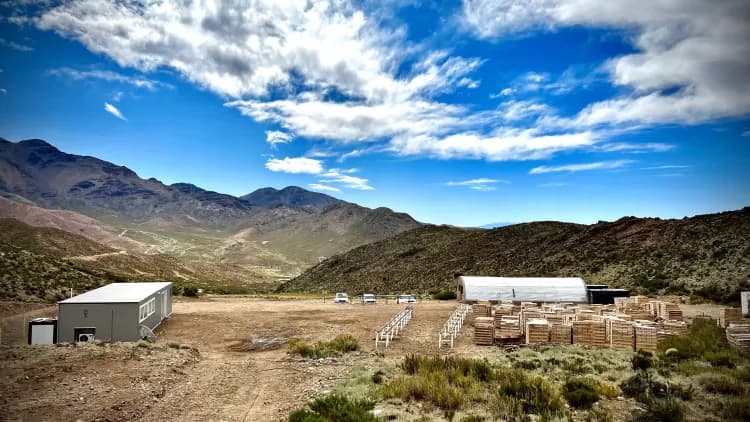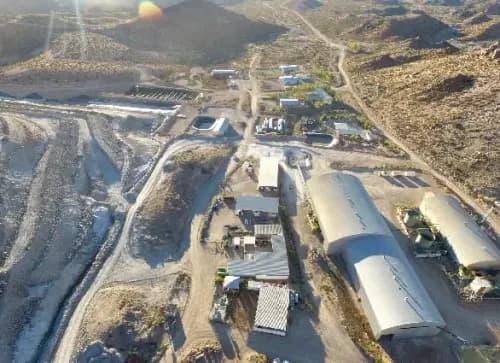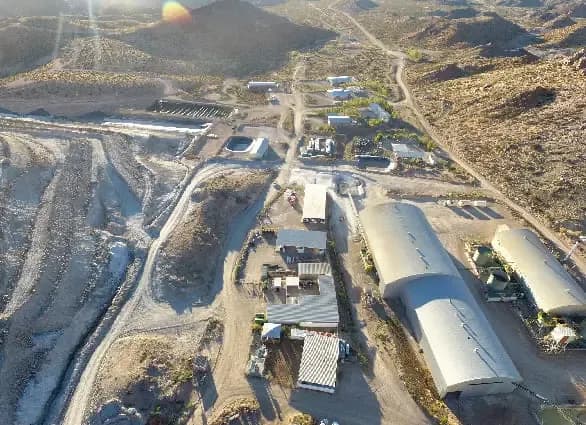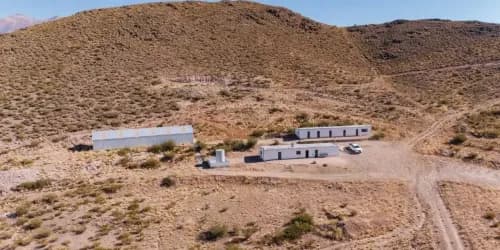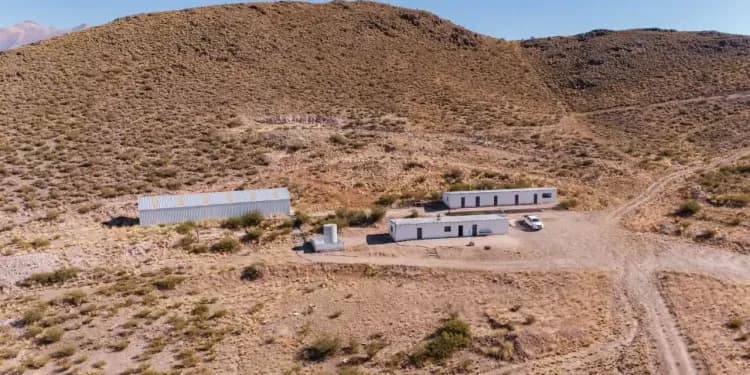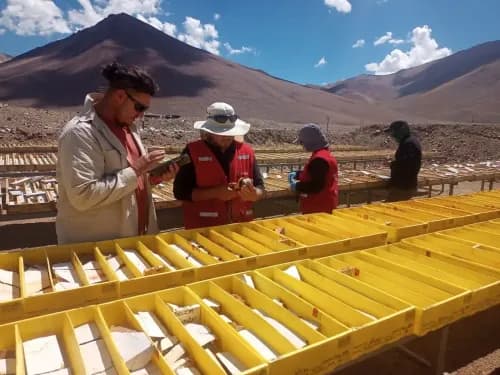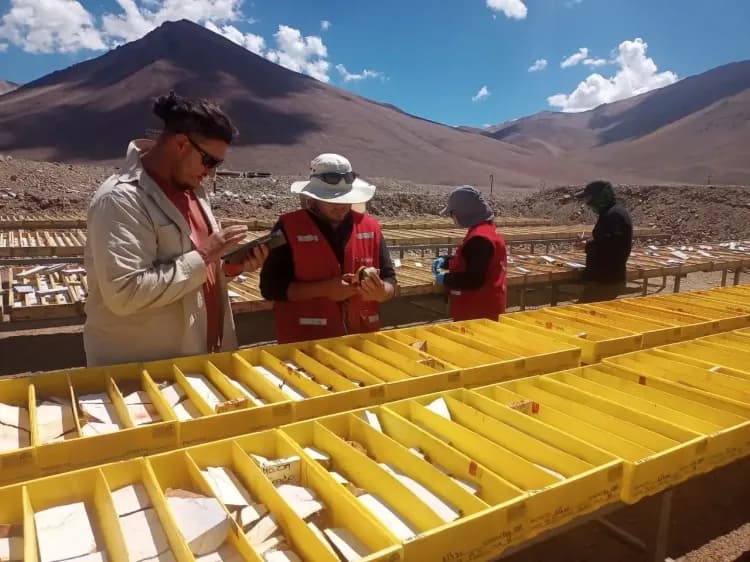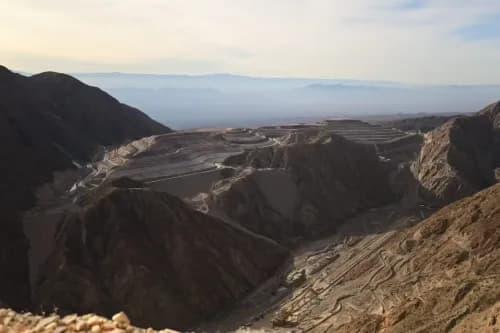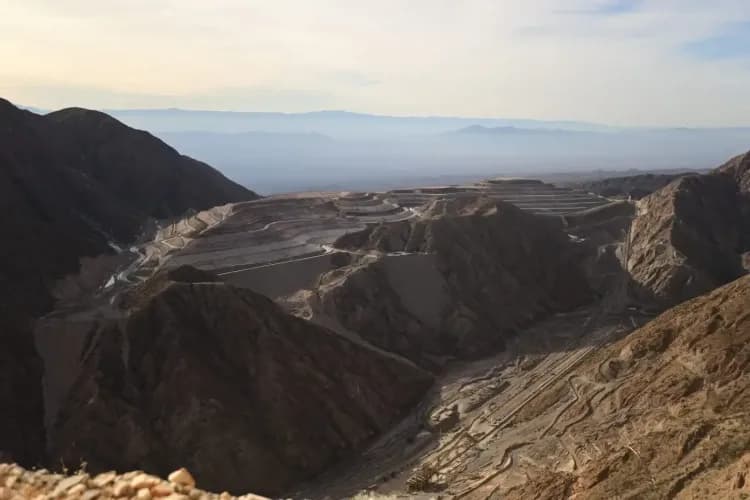José Cepeda, CEO of Minera Sud Argentina S.A., discusses the ongoing work at Chita to determine whether another deposit could be added to the project located in the Iglesia Department of San Juan province.
The Chita Project is composed of three main properties: Brechas Vacas, Minas de Pinto, and Chita. These form large blocks that cover approximately 19,000 hectares.
By Panorama Minero
How can you describe the Chita Project and what are its main features?
Broadly speaking, the Chita Project is composed of three main properties: Brechas Vacas, Minas de Pinto, and Chita. These form large blocks that cover approximately 19,000 hectares, making it a very extensive area.
Chita has two main targets: one traditional target, the Chita porphyry, which was identified by Minsud Resources in 2006. Once we began our evaluation (In 2019, South32 and Minsud entered into a Joint Venture Agreement; in 2024, South32 acquired a 50.1% stake in Minera Sud Argentina S.A., the Argentine subsidiary of Minsud Resources. From that moment on, South32 assumed management of the Chita Valley Project) we identified new prospective areas, which led to the discovery of the Chinchillones complex. This discovery enabled multiple drilling campaigns, which resulted in the resource published by Minsud (The resource identified at Chinchillones totals 1.0 billion pounds of copper, 0.7 million ounces (Moz) of gold, 64 Moz of silver, 15 million pounds of molybdenum, and 700 million pounds of zinc (Indicated Resource); and 2.8 billion pounds of copper, 1.7 Moz of gold, 166 Moz of silver, 118 million pounds of molybdenum, and 1.4 billion pounds of zinc (Inferred Resource)) for its NI 43-101 in February of this year, focusing on the resource concentrated in this target.
Initially, this shifted the overall vision of the Chita Project, as it definitively confirmed that there could be additional targets beyond the one previously identified by Minsud. This significantly increases the prospectivity of the area, which—unlike other projects—is located near a main road, at an average elevation of 3,500 meters above sea level, with access to power infrastructure and a significant water resource. These competitive advantages contribute to making the project's feasibility much more straightforward.
Geologically speaking, is Chita a typical Andean porphyry?
As the renowned geologist Richard Sillitoe once said, the model of copper porphyries doesn't really exist, because each one has its own unique characteristics. In fact, Chita is quite particular: initially, we believed we had a zinc porphyry, which doesn’t quite fit genetically. However, the project's development is precisely due to the presence of a porphyry system at depth, along with an epithermal system that supports the development of the Chinchillones polymetallic zone.
This is highly significant, as it further enhances the project's existing prospectivity.
Chita is a polymetallic deposit with copper as the main metal. Arsenic is present—what role does it play?
It is important to note that the presence of arsenic is not unique to this project. However, thanks to technological advancements, significant progress is being made. In our case, we are currently in a research phase. As our understanding deepens, solutions are also being developed to move forward with the processing (Nuton, the technology company owned by Rio Tinto, has joined the Altar Project (managed by Aldebaran Resources and located in the Calingasta Department of San Juan Province) to evaluate the processing of low-grade copper ores)
In collaboration with another mining company, Minera Sud Argentina S.A. organized a robotics workshop for local communities. What can you tell us about that experience?
The training was quite engaging, as the course was designed for primary and secondary school students, with the main goal being to introduce them to the practical uses of these tools.
Considering the background of the local population—where many community members are involved in tourism and mining—the children developed projects based on real-life needs. For example, some of the robotics projects involved creating tools or robots to move heavy objects, block access points, or perform various tasks, many of which were inspired by what their family members do in mining projects or operations.
How are community expectations managed?
We have been transparent with the community at all times. It is important to understand that we are in a process, and there is still a long way to go before this can become a mine. Our goal is to continue advancing along this path with further exploration that can identify and add new targets to increase the mineral inventory. After this first resource estimate at Chinchillones, additional processes will follow to effectively validate feasibility. The aim is to identify what more the project has to offer.
We can work in Chita throughout the year, which allows us to not only distribute exploration activities but also environmental activities and conduct sampling. Currently, we are engaged in participatory sampling, where local leaders are invited to visit the project and observe how we conduct sampling at any time of the year.
At this moment, the team consists of 50 people, including contractors on site. Directly, there are 26 of us, eight of whom are from Iglesia, two from the city of San Juan, one geologist from Bahía Blanca, and another from Córdoba. The rest of the team members are from the San Juan province.
Local Hiring
By Beatriz Torrezan, Corporate Affairs Leader at Minera Sud Argentina S.A.
• "We have designated the southern area of the Iglesia Department as a priority social zone due to its proximity, being just 35 km from the town of Bella Vista. Our relationship dates back many years: we have local employees with up to 15 years of experience with the company."
• "In the logging sector, the geological assistants are locals, and they have developed alongside us. These are collaborators who have completed school and taken courses. Initially, we worked with contractors from the city of San Juan, but after testing local services, we achieved excellent results and have continued using their services."
• "We have a case of a local community provider of portable toilets, who was able to grow and today serves as an example of local development. Moreover, this provider is a key partner and strategic ally, as they connect us with other suppliers when we have specific needs, such as in the case of an electrician."

